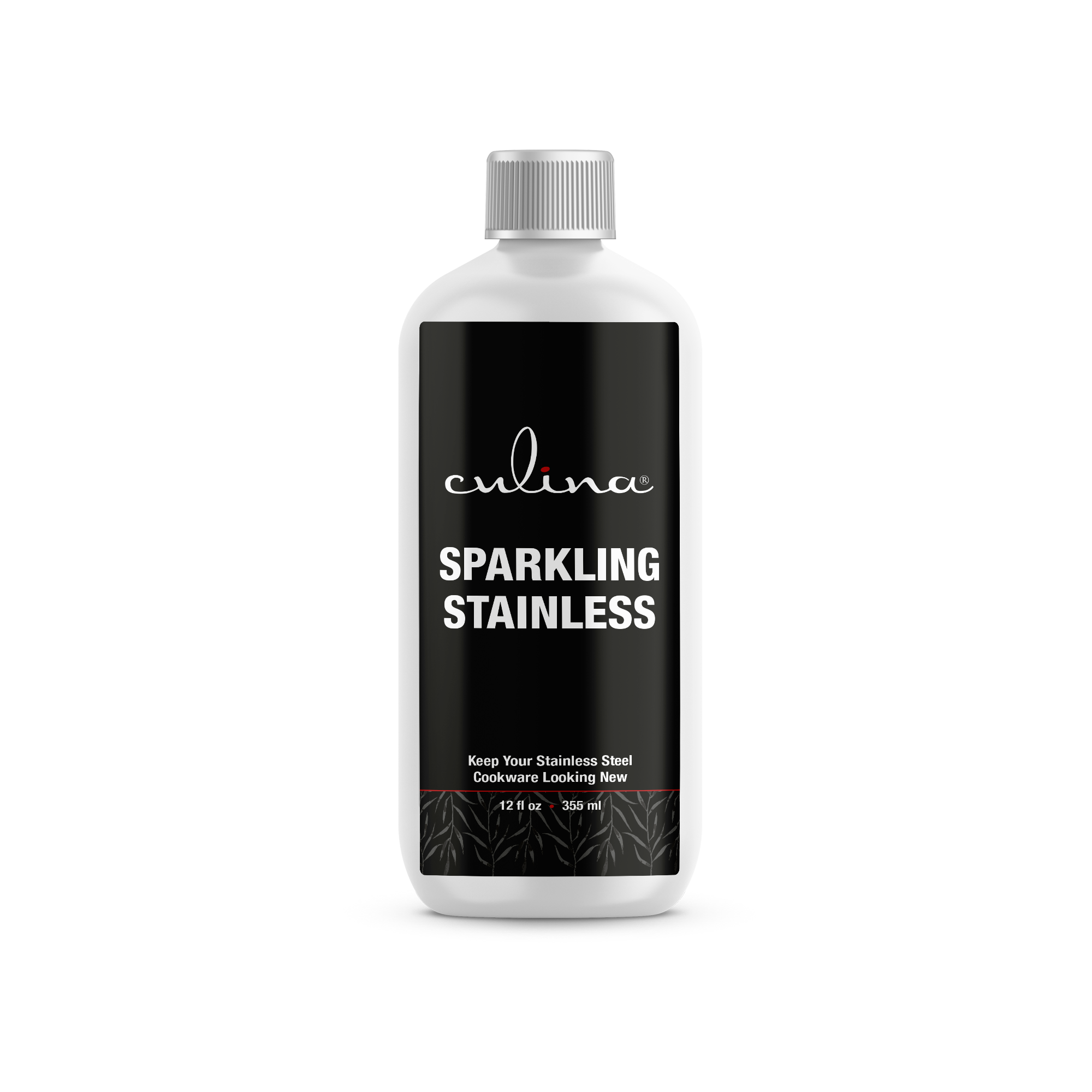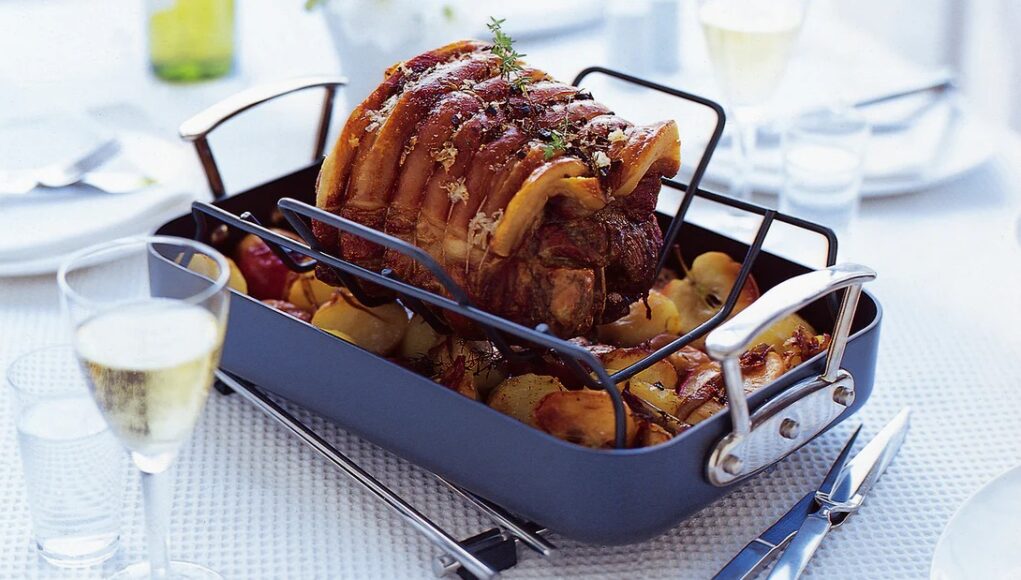Placing a turkey in a roasting pan may seem simple, but doing it correctly ensures an evenly cooked, delicious bird. Whether you’re a seasoned cook or a beginner, understanding the nuances of how to place a turkey in the roasting pan can make or break your meal.
Perfecting this technique is crucial, especially during traditional feasts like Thanksgiving. Let’s dive into the meticulous steps and expert tips to guarantee your turkey roasting success.

Why Placement Matters
Properly positioning your turkey in the roasting pan influences how well it cooks. If the turkey is tilted or not centered, certain parts might cook faster than others, leading to uneven texture.
:max_bytes(150000):strip_icc()/faw-roasting-pan-test-farberware-nonstick-steel-flat-rack-rkilgore-9-06-a01a384e449c4adbb556fe24e6957ef9.jpg)
Choosing the Right Roasting Pan
Consider Size and Depth
The size and depth of the roasting pan are significant factors. The pan should be large enough to hold the turkey comfortably but not too large, which might cause the juices to spread too thinly and burn.
Material Matters
Select a pan made of durable material like stainless steel or enameled cast iron. These materials distribute heat evenly, ensuring better cooking results. Learn more about different types of roasting pans.

Prepping the Turkey
Thawing the Bird
Always ensure your turkey is adequately thawed before placing it in the roasting pan. A frozen or partially frozen turkey will not cook evenly.
Seasoning Basics
Seasoning is where you can get creative. Rub the turkey with a mixture of herbs, spices, and oil or butter. Ensure the inside cavity is also seasoned to infuse flavor throughout the bird.
Steps to Place the Turkey in the Roasting Pan
Positioning the Rack
Start by setting the roasting rack inside the pan. This rack keeps the turkey elevated, allowing heat to circulate evenly and preventing the bird from sitting in its juices.
Tucking the Wings
To prevent the turkey wings from burning, tuck them underneath the body. This also helps in keeping the bird stable on the rack.
Placing the Turkey
Place the turkey breast-side up on the rack. Ensure it’s centered in the pan. Adjust the legs and wings if needed to stabilize the turkey.
Adding Aromatics
Aromatics such as onions, carrots, and celery can be placed around the turkey in the pan. These add flavor to the drippings, which can be used for gravy.
Basting the Turkey
Why Baste?
Basting keeps the turkey moist and adds flavor to the skin. Use a turkey baster or a spoon to drizzle the bird with its juices periodically throughout cooking.
How Often to Baste
Baste every 30 to 45 minutes for the best results. However, open the oven as infrequently as possible to maintain a consistent temperature.
Monitoring Temperature
Using a Meat Thermometer
Insert a meat thermometer into the thickest part of the turkey (usually the thigh) without touching the bone. The turkey is done when it reaches an internal temperature of 165F (74C).
Resting the Turkey
Once cooked, let the turkey rest for at least 20 minutes before carving. This allows the juices to redistribute, resulting in a juicier, more flavorful bird.
Advanced Tips
Brining for Extra Flavor
Consider brining your turkey for extra moisture and flavor. A brine is a solution of water, salt, and other seasonings in which the turkey is soaked for several hours or overnight.
Spatchcocking Technique
Spatchcocking involves removing the backbone of the turkey and flattening it. This method ensures even cooking and crispier skin.
Troubleshooting Common Issues
Turkey Isn’t Browning
If the turkey isn’t browning evenly, increase the oven temperature slightly for the last 30 minutes of cooking. Tent the bird with foil if parts are browning too quickly.
Undercooked Inside
If the inner parts are undercooked, return the turkey to the oven and monitor closely. Always use a meat thermometer for accurate results.
Preparing Gravy from Pan Drippings
Straining the Drippings
After removing the turkey, strain the pan drippings to separate the fat from the juices. This will be the base for a rich, flavorful gravy.
Thickening the Gravy
Combine the drippings with a roux (a mixture of flour and fat) or cornstarch dissolved in water. Cook over medium heat until thickened to your liking.
FAQ
Can I Cook Stuffing Inside the Turkey?
While you can cook stuffing inside the turkey, it’s safer and more effective to cook it separately. This ensures both the stuffing and turkey reach the appropriate temperatures.
Should I Cover the Turkey with Foil?
Tenting the turkey with foil can prevent over-browning. Cover only after the skin has reached a desirable golden hue.
How Long Does It Take to Roast a Turkey?
The cooking time depends on the turkey’s weight. Usually, it’s about 15 minutes per pound at 350F (175C). Always use a meat thermometer to ensure doneness.
For more tips on cooking poultry, check out chicken recipes, reheating guides, and storage tips.
As an Amazon Associate, I earn from qualifying purchases.









